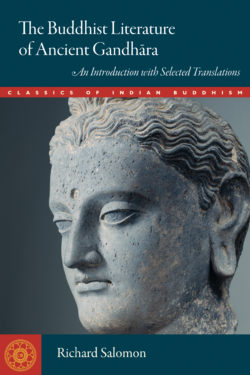Richard Salomon
Professor Richard G. Salomon of the University of Washington is a leading figure in the field of early Buddhist studies. He directs the Early Buddhist Manuscripts Project and is general editor of the Gandharan Buddhist Texts series published by the University of Washington Press. He lives in Seattle, Washington.
Books, Courses & Podcasts
The Buddhist Literature of Ancient Gandhāra
In the years following Alexander the Great’s conquest of the East, a series of empires rose up along the Silk Road. In what is now northern Pakistan, the civilizations in the region called Gandhāra became increasingly important centers for the development of Buddhism, reaching their apex under King Kaniska of the Kusanas in the second century CE. Gandhāra has long been known for its Greek-Indian synthesis in architecture and statuary, but until about twenty years ago, almost nothing was known about its literature. The insights provided by manuscripts unearthed over the last few decades show that Gandhāra was indeed a vital link in the early development of Buddhism, instrumental in both the transmission of Buddhism to China and the rise of the Mahāyāna tradition. The Buddhist Literature of Ancient Gandhāra surveys what we know about Gandhāra and its Buddhism, and it also provides translations of a dozen different short texts, from similes and stories to treatises on time and reality.
- Learn more about the Classics of Indian Buddhism series.

